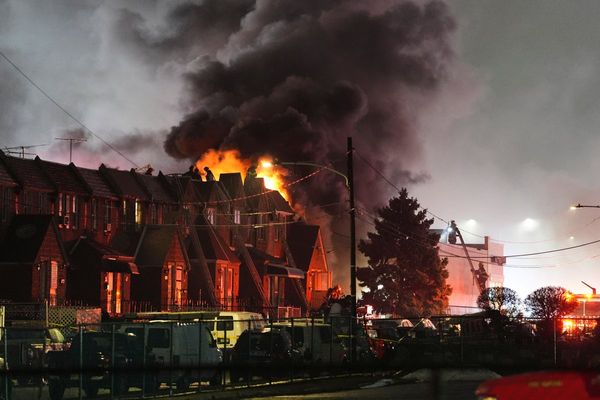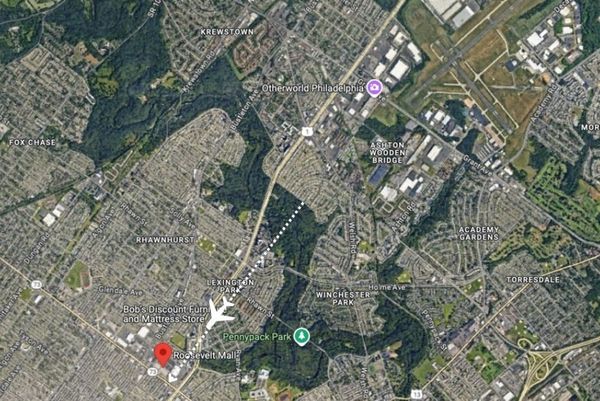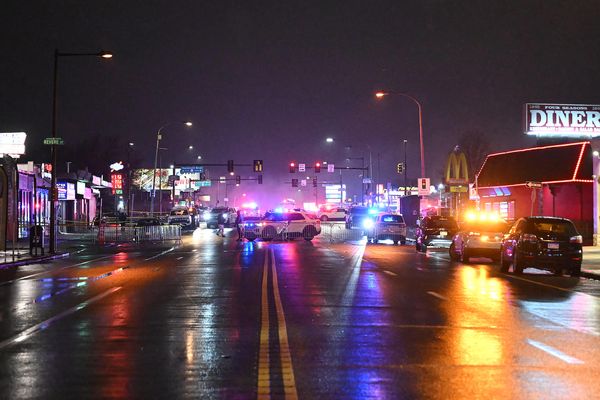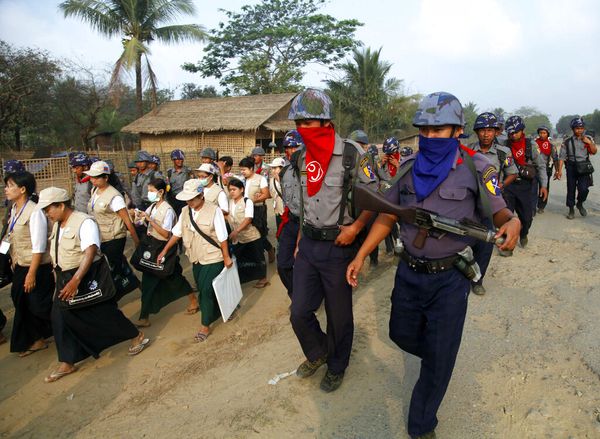
In his autobiographical novel L'enfant pain, originally published in French in 1983, the Spanish novelist and playwright Agustín Gómez Arcos defined bread as “the most precious of sacraments” in post-war Spain. For those who were hungry, like the boy protagonist of the novel, there was only bread. They could not stop dreaming about it, thinking about it or looking at it when it appeared before their eyes. Its presence drove hunger away, while its absence evoked it.
The polarised society of the 1940s in Spain was divided between those who could eat the appetising white bread, made from wheat flour, and those who could only eat black bread, made from rye or barley - flours popularly considered second-rate, which gave it a bad appearance and an unpleasant texture. In addition, black bread often contained numerous impurities such as barley scrapes and even threads from the sacks in which it was stored.
Still today, many of our elders show in their attitudes and costumes around food the memory of those terrible years. They will eat bread with almost every kind of meal, and do not feel satiated if bread is not on the table. They kiss a piece of bread before throwing it away if it has fallen to the floor. They are adamant about leaving the plate “clean” after a meal, so as not to waste anything; will make the most of the leftovers, fill up the fridge “just in case” or overeat as if to compensate for the shortcomings of the past.
Their kitchens still preserve aromas of post-war recipes such as porridge, migas or papas a lo pobre. In their daily food choices and practices, the hunger they experienced as children still lives on, although many do not dare to admit it and prefer to speak of “need” or “lack”.
The results of new research into the period are collected in an exhibition “La hambruna silenciada. Hunger during Franco’s post-war period (1939-1952)”, currently touring around Spain. The exhibition questions many of the myths created by the dictatorship around the hunger years, which have survived to the present day: for example, that the shortages of food were a legacy of the Republic, or a consequence of the war, the international isolation and the “persistent drought”. It also recovers the stories of the victims, survivors and activists who fought against the dictatorship.
It wasn’t ‘need’, it was famine
Despite the excuses given by Franco’s dictatorship, we now know that the famine of the 1940s in Spain had its origin in the economic protectionism promoted by the autarchy at the end of the civil war. This system, in place for more than a decade for nationalistic purposes, led to price rises and shortages of basic necessities and paved the way for corruption. On top of this, it failed miserably.
We also know that the worst years of hunger (1939-1942 and 1946) constituted a real famine. During those years, the purchasing power of the population fell drastically: there are records of many deaths from starvation. It has been estimated that in the period 1939-1944 alone 200,000 people died directly or indirectly from starvation.
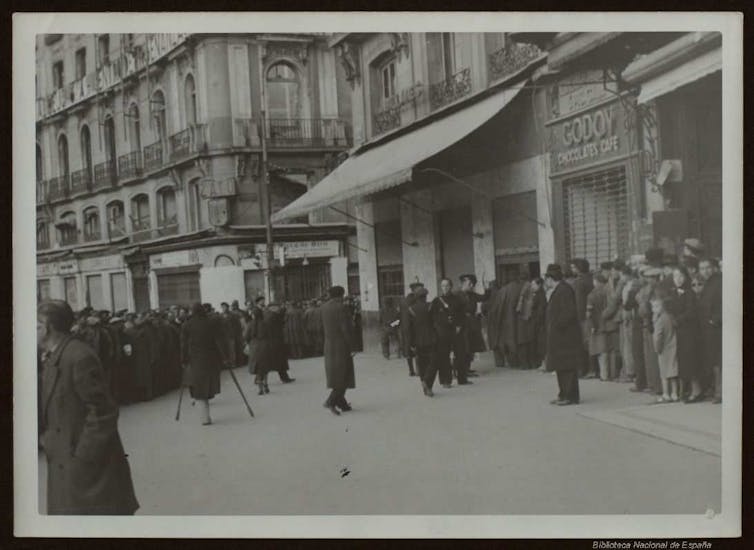
The situation was particularly serious in the poorest areas of the south. Malnourished children, starving men and elderly people suffering from avitaminosis, typhoid and tuberculosis could be seen in the streets of most towns and cities. Extreme poverty led many families to live in overcrowded caves and shacks in appalling sanitary and hygienic conditions. Those in the Almería neighbourhood of La Chanca were described as “dark, deep, toothless mouths” by the writer Juan Goytisolo, who visited this depressed area of the country in the 1950s.
What did they eat?
Neither the black bread provided by rationing nor the watery broths provided by social support, which could be obtained after waiting for hours in long queues, guaranteed survival. Women began to create substitutes to replace products they could neither find nor afford, such as chocolate, which was replaced by carob chocolate, or coffee, for which roasted barley was used instead.
They also devised ingenious culinary concoctions with the scarce ingredients available. They cooked herbs plucked directly from the fields or domestic animals such as cats, even though their consumption was not culturally accepted.
But these everyday strategies were not enough to get by. Many men and women were forced to steal animals and fruits from the fields, trade illegally flour or oil on the black market and to smuggle saccharin tablets, vitamins or cod liver oil. In their desperate daily struggle to stay alive, many were imprisoned, fined or dispossessed of their meagre possessions for violating the regime’s autarchic regulations.

The famine comes to light
Although the dictatorship tried to silence the famine and conceal its effects, the phenomenon was represented in literary and cinematographic works. This happened even before Franco’s death but, above all, from 1975 onwards. Examples of the former are novels such as Nada (Laforet, 1945), La Colmena (Cela, 1950), Tiempo de silencio (Martín Santos, 1962) and La plaza del diamante (Rodoreda, 1962). Or in films such as Surcos (Nieves Conde, 1951).
In recent years, research in the fields of anthropology, anthropometry and history have highlighted the cultural dimension of hunger, the pernicious effects of malnutrition on the height of Spaish youth, the prolongation of misery in the 1950s, the peculiarities surrounding the memory of hunger or the role played by post-war women in devising resourceful strategies to cope with famine. These aspects are central to the touring exhibition, La hambruna silenciada.
Gloria Román Ruiz is a member of the research project "Hambruna", funded by the Spanish Ministry of Economy and Competitiveness.
Miguel Ángel del Arco Blanco holds a Leonardo grant from the BBVA Foundation. He is also PI of the "Hambruna" project, funded by the Spanish Ministry of Economy and Competitiveness.
This article was originally published on The Conversation. Read the original article.

